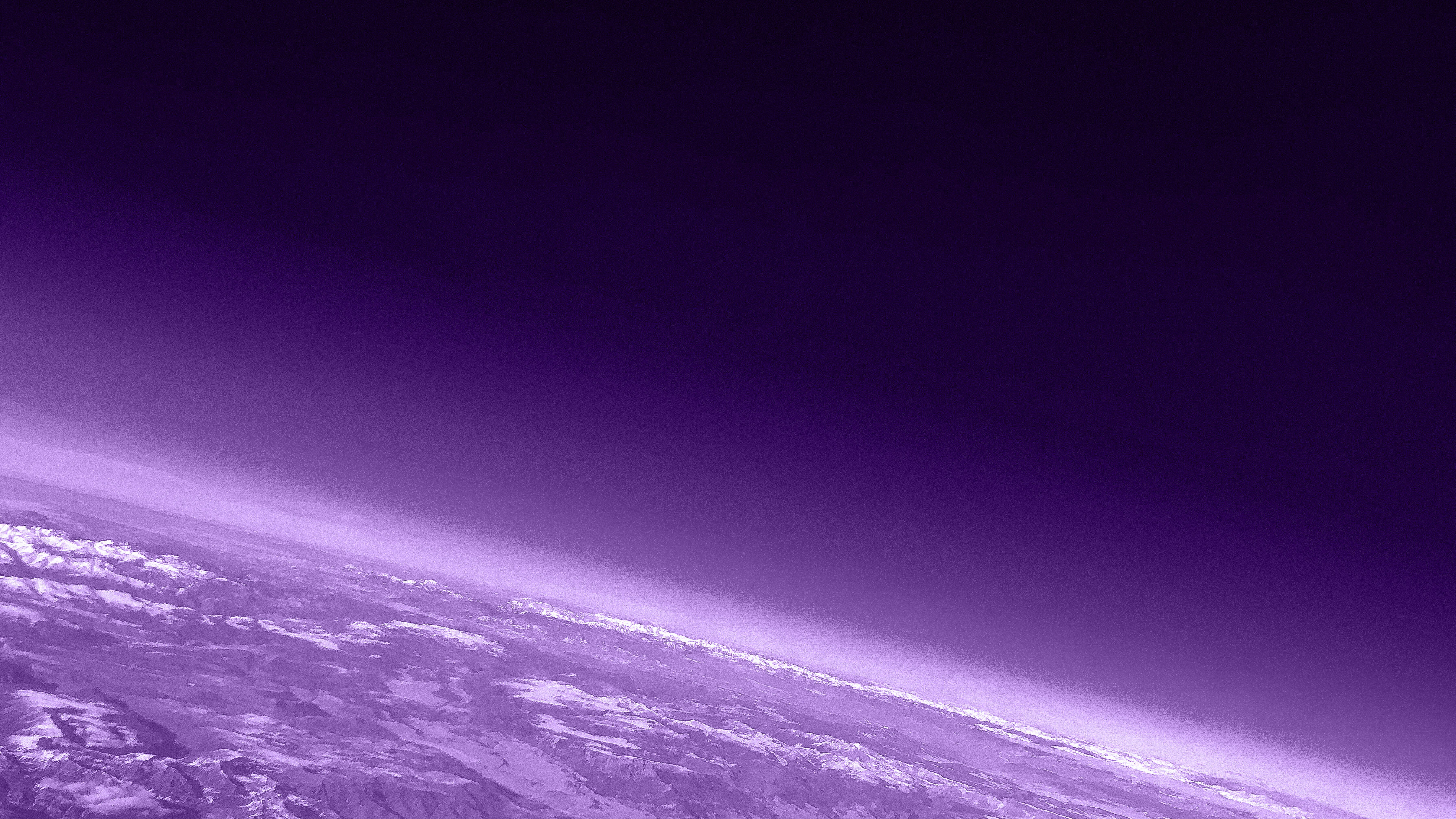22 Oct 2020 | Industry Insights
Destination Earth: A Digital Twin to predict climate forecasts

Plans are being finalised to establish the creation of an extremely ambitious digital twin of planet Earth that aims to simulate the atmosphere, ocean, ice and land with unrivalled precision. The hope is that forecasts of floods, droughts and fires could be predicted from days to years in advance. The project has been dubbed ‘Destination Earth’ and will also attempt to capture human behaviour, enabling world leaders to see the impact of climate change on society and determine the effects of different climate policies.
Ruby Leung, a climate scientist at the U.S. Department of Energy (DOE) stated that she really enjoys the boldness of the mission. Forecasts can be made by rendering the planet’s atmosphere in boxes 1km across, a scale that is finer than climate models that already exist. This means that these forecasts will be based on far more detailed real-time data than ever before. The project aims to begin next year and run on one of the three supercomputers that Europe will deploy in Finland, Italy and Spain.
Typical climate models run at resolutions between 50 and 100 kilometres. The new model’s 1-kilometre resolution allows it to render convection directly, the vertical transportation of heat is critical to the formation of clouds and storms, rather than relying on an algorithmic approximation. Another aim of the model is to simulate the ocean in enough detail so that its behaviour is captured as the ocean is an important mover of heat and carbon.
Japan has pioneered a run of a 1-kilometre global climate model that has shown that the direct simulation of storms leads to better rainfall predictions in the short-term. In theory, this means it should also improve climate forecasts over periods of months and years.
The high resolution will allow Destination Earth to base forecasts on more detailed data. Weather models will aim to pull in observations of temperatures and pressure from satellites, weather stations, aircraft and buoys to guide simulations. However, coarse grids will negatively impact the ability to assimilate measurements that cover broad areas, such as fractures opening up in sea ice. The project will close this gap according to Sandrine Bony, a cloud scientist at the Pierre Simon Laplace Institute.
Real-time data detailing atmospheric pollution, crop growth, forest fires and other phenomena known to affect weather and climate will also be incorporated into the model. It will include data about society, such as energy use, traffic patterns and human movements.
The end game is to enable policymakers to get an indication as to how climate change will impact society – in turn helping society to understand how they could alter the trajectory of climate change. Achieving this will not be easy however, the massive amount of data generated by the model will be problematic. When the team in Japan ran the 1-kilometre-scale experiment, it took almost a year to extract useful information from a couple of days of data.
As an operational system, Destination Earth will likely run at several time scales. One will be near-daily, potentially targeting extreme weather events weeks or months in the future.
Related insights

Case Studies
Enhancing Healthcare Environments Through Intelligent Space Optimisation: Twinview at Eastbourne District General Hospital
East Sussex Healthcare NHS Trust is enhancing the way space is managed at Eastbourne District General Hospital with Twinview’s digital twin technology. By enabling real-time visibility of room occupancy and usage across clinical and office areas, Twinview provides a clear picture of how spaces perform throughout the day. Hospital teams can move from assumption-based planning to data-driven decision-making, improving scheduling, reducing downtime and making more flexible use of rooms. This smarter approach supports greater operational efficiency and helps ensure that every space is working to benefit both patients and staff.
Read more

Industry Insights
Data Centres: The Hidden Cost of the Cloud
As the cloud expands, so does its unseen demand for water. Data centres worldwide are consuming vast volumes to keep servers cool, creating growing environmental and reputational risks. This article explores how water is becoming the next frontier in data-centre sustainability, and how Twinview’s digital-twin technology is helping operators measure, manage and reduce their impact.
Read more

Industry Insights
Can Digital Twins Help Us Design Buildings That Bring People Together?
Loneliness is increasingly recognised as a public health issue, and the built environment has a role to play in addressing it. A well-designed building can meet every technical standard yet still leave people feeling isolated. Homes, workplaces, campuses and later-living communities often fall short not because they lack function, but because they lack connection. Architects and planners are beginning to ask a deeper question: how can buildings help people feel less alone? This isn’t about surveillance. It’s about feedback, helping designers and operators refine buildings after handover to better support wellbeing and social interaction. Technology won’t solve loneliness on its own, but used responsibly, digital twins like Twinview can guide the creation of buildings that feel more human.
Read more

